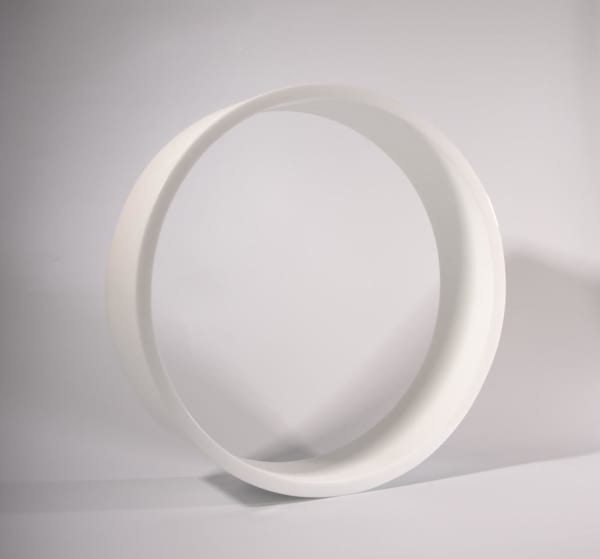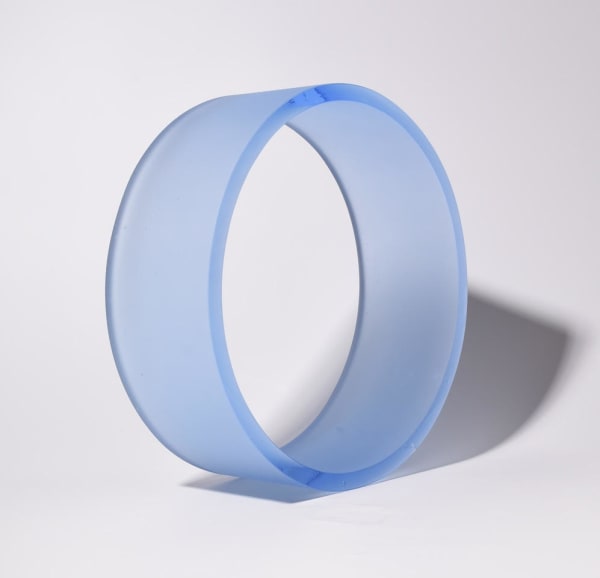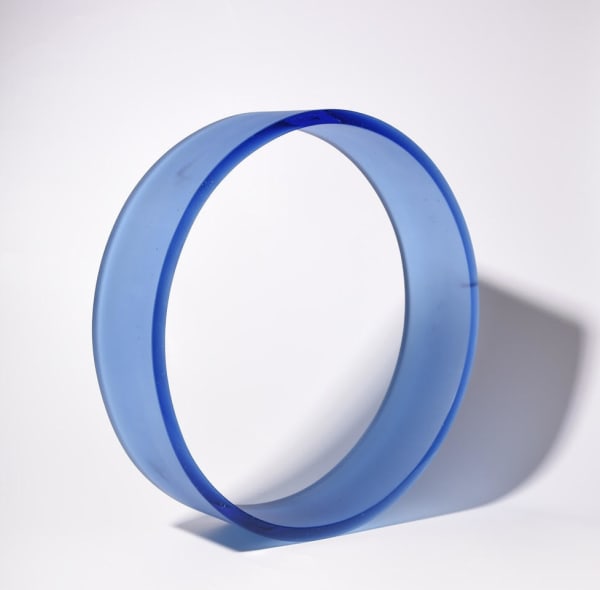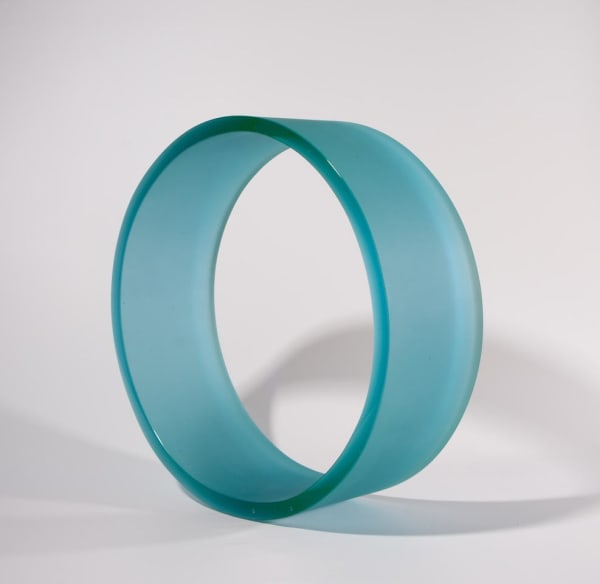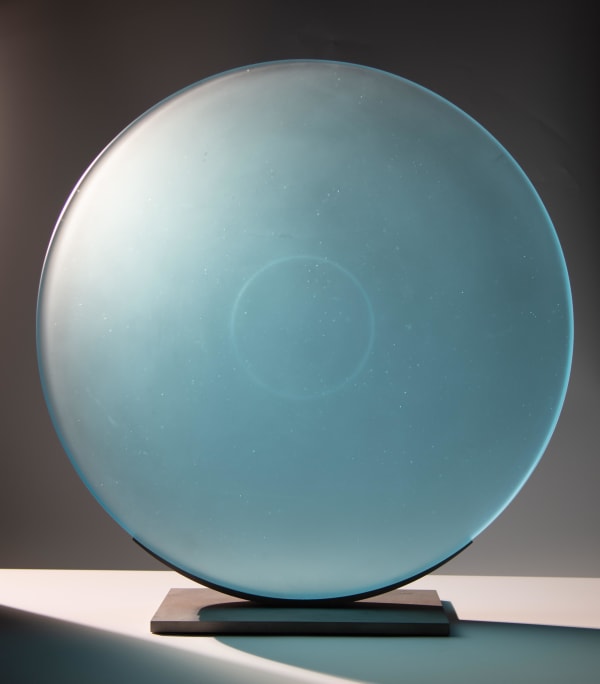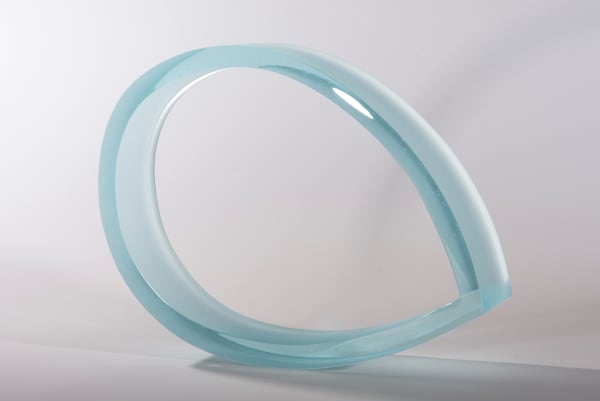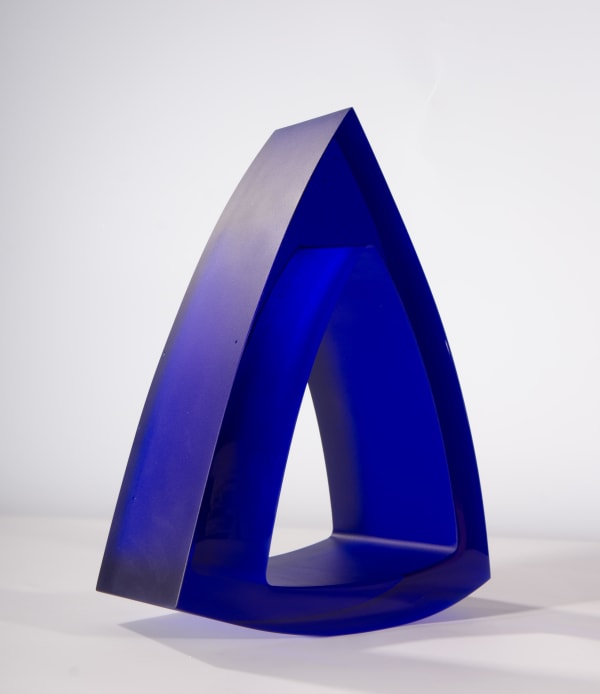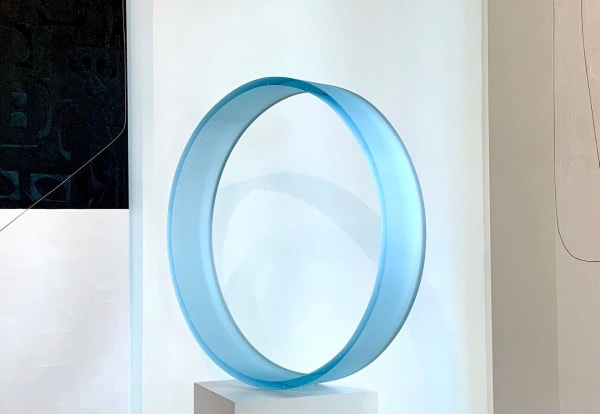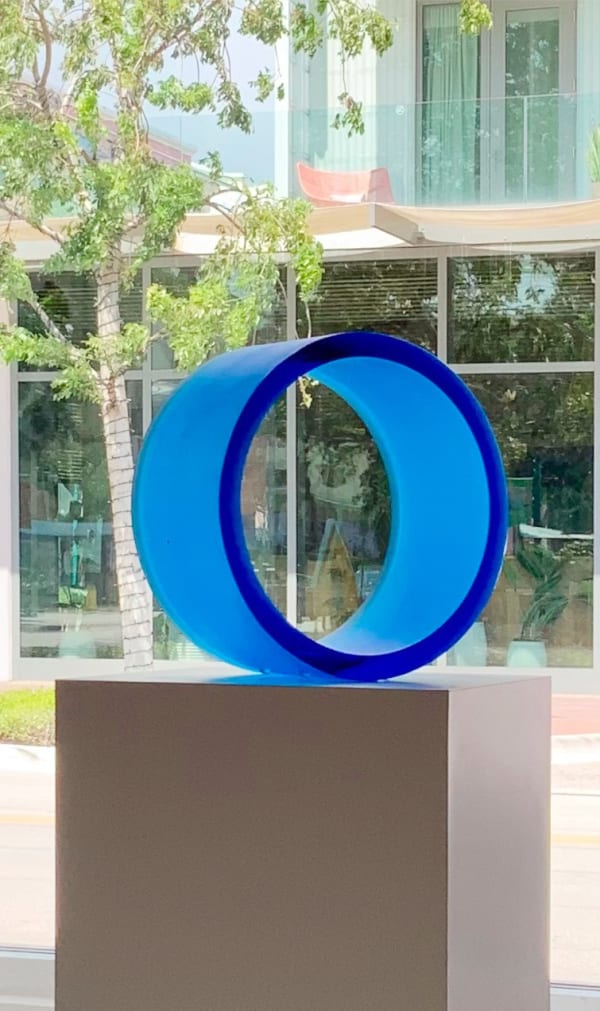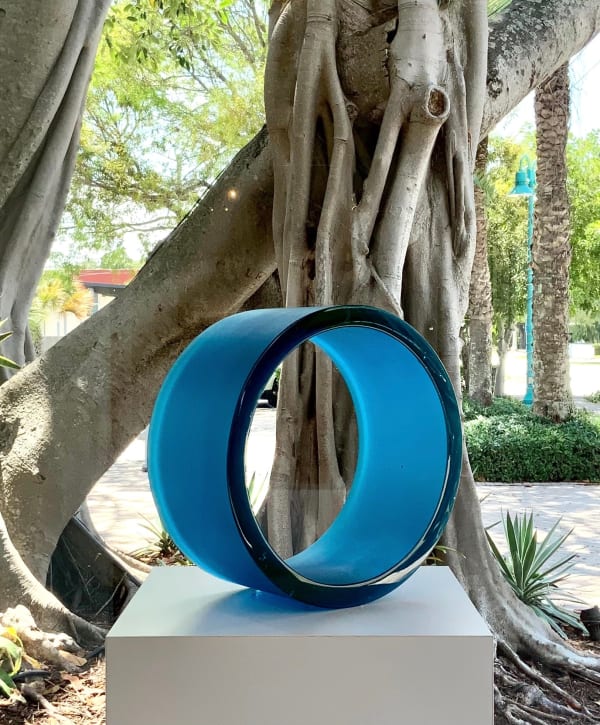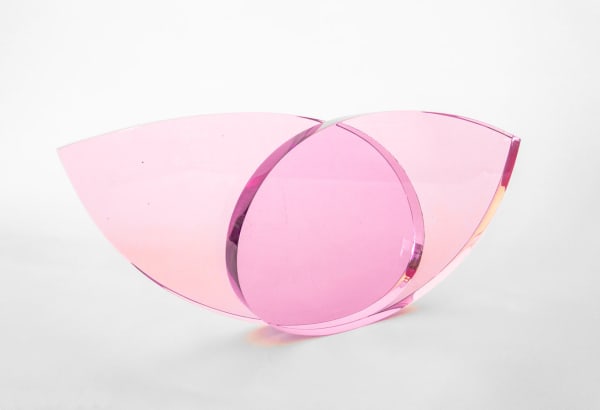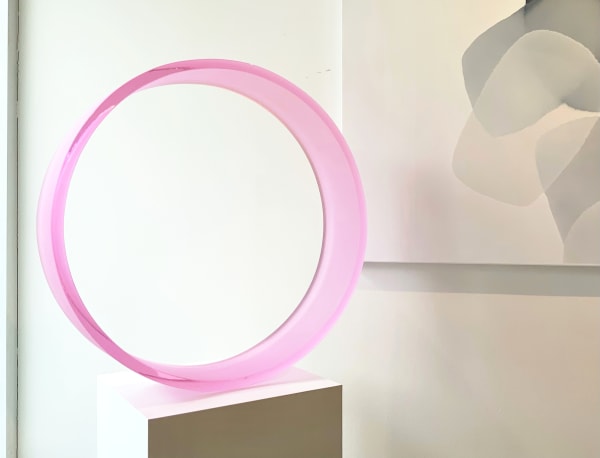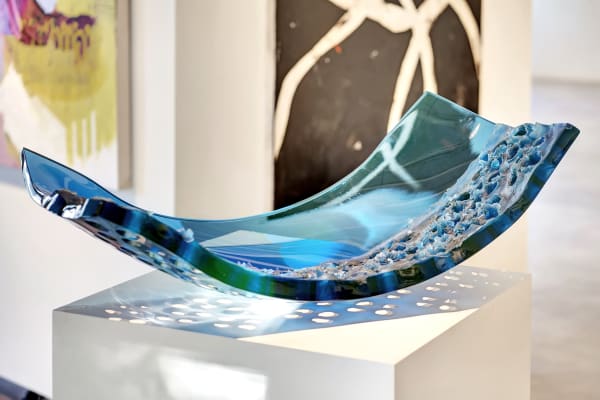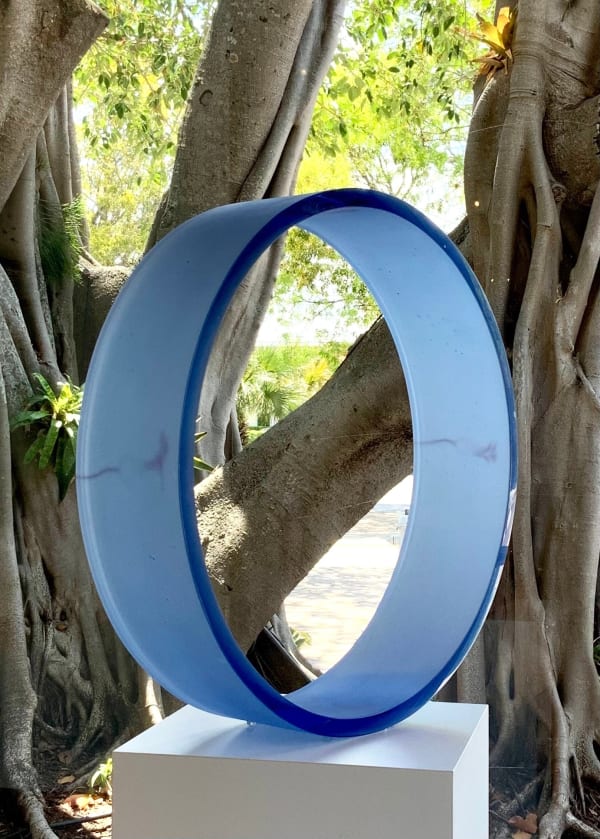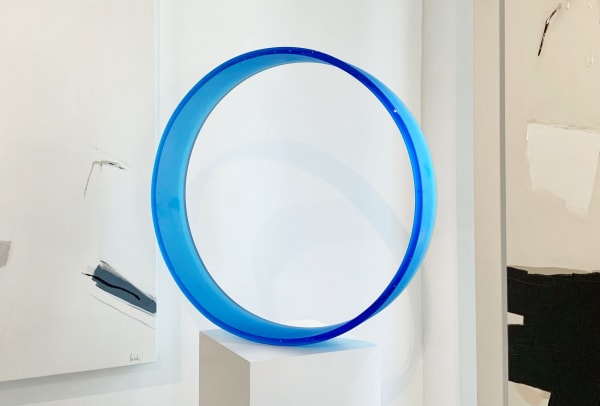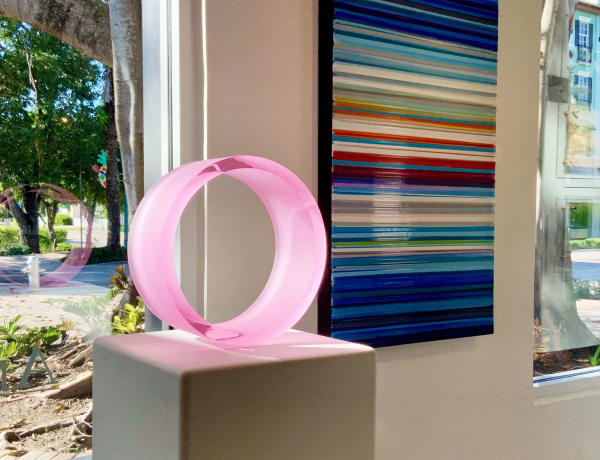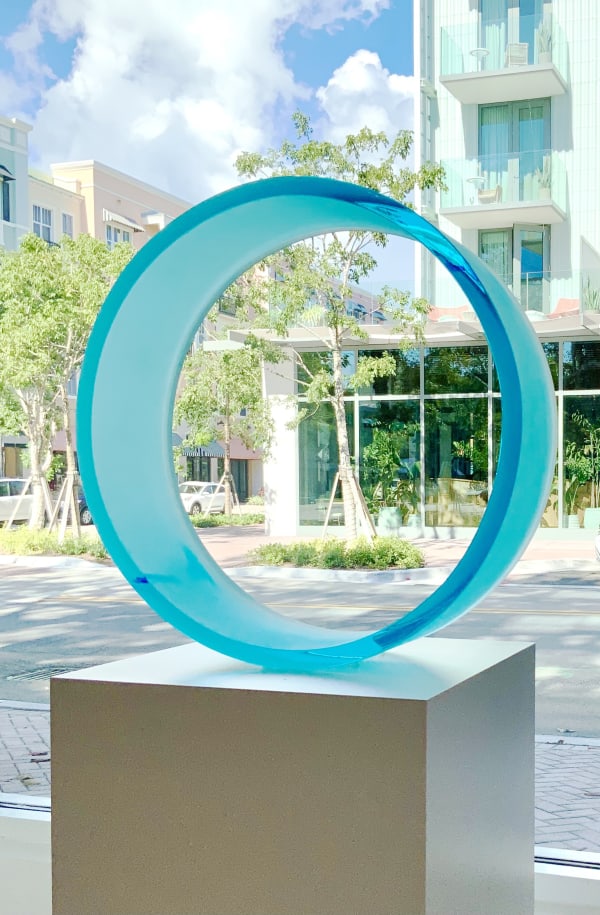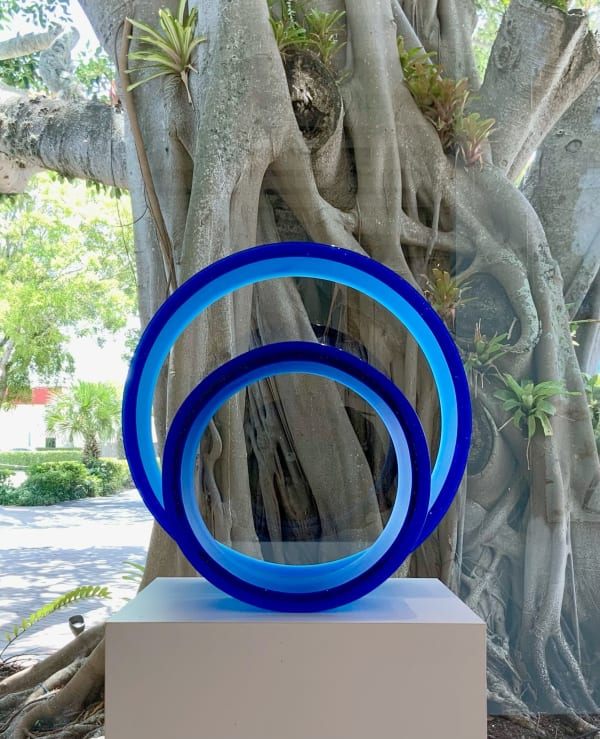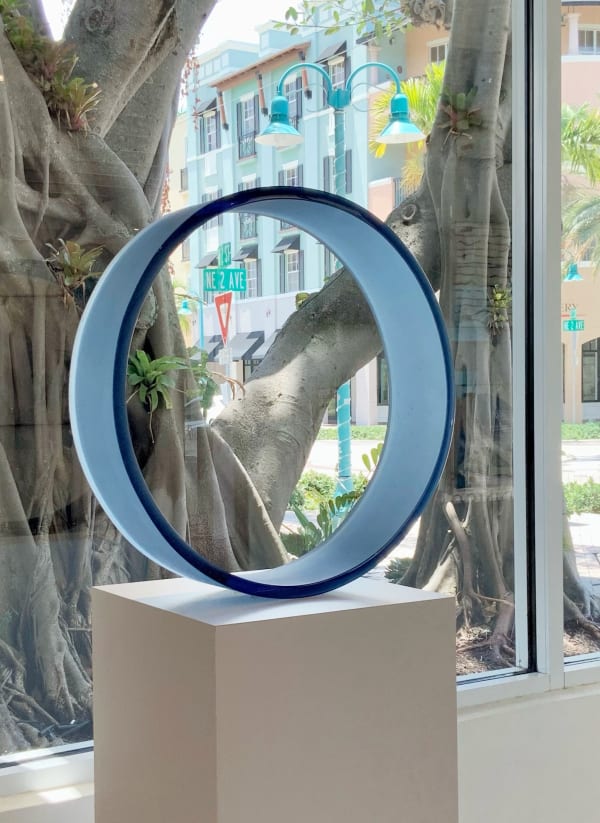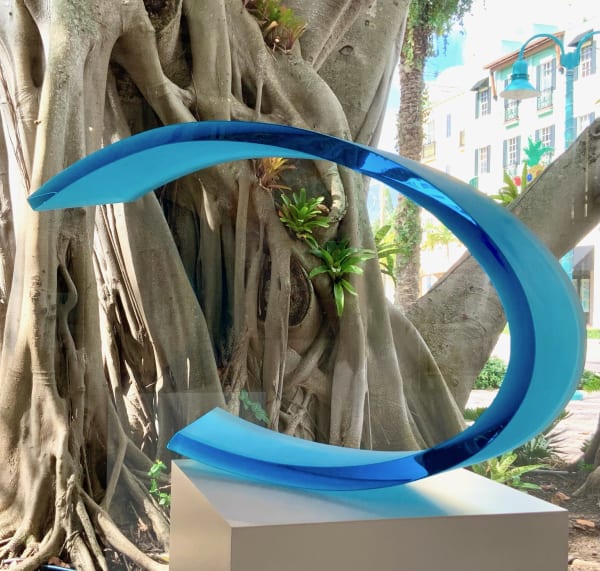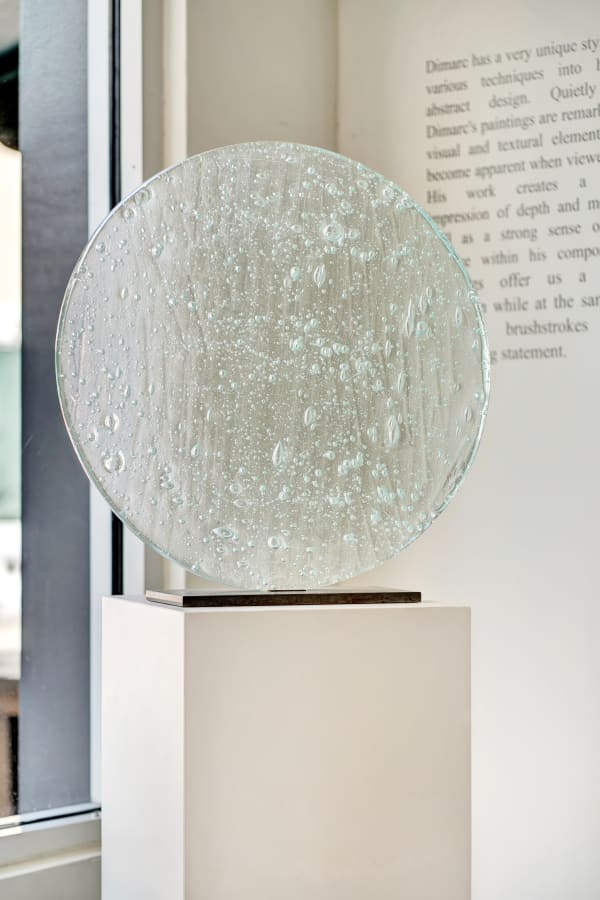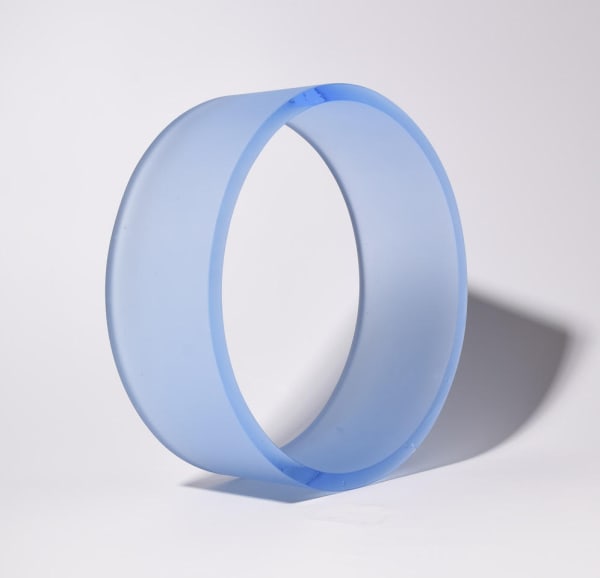-
 Brian UsherCircle - WhiteGlass24" x 6"
Brian UsherCircle - WhiteGlass24" x 6" -
 Brian UsherCircle - Pastel BlueGlass18" x 6"
Brian UsherCircle - Pastel BlueGlass18" x 6" -
 Brian UsherCircle - IcebergGlass12" x 6"
Brian UsherCircle - IcebergGlass12" x 6" -
 Brian UsherCircle - Capri BlueGlass12" x 6"
Brian UsherCircle - Capri BlueGlass12" x 6" -
 Brian UsherCircle - Misty BlueGlass24" x 6"
Brian UsherCircle - Misty BlueGlass24" x 6" -
 Brian UsherCircle - Misty BlueGlass30" x 6"
Brian UsherCircle - Misty BlueGlass30" x 6" -
 Brian UsherCircle - Blue GrottoGlass18" x 6"
Brian UsherCircle - Blue GrottoGlass18" x 6" -
 Brian UsherDisk - Powder BlueGlass30" x 30"
Brian UsherDisk - Powder BlueGlass30" x 30" -
 Brian UsherSolid Tear Drop - Royal BlueGlass17.5" x 12" x 1.5"
Brian UsherSolid Tear Drop - Royal BlueGlass17.5" x 12" x 1.5" -
 Brian UsherSolid Tear Drop - SmokeGlass12" x 8.5" x 1.75"
Brian UsherSolid Tear Drop - SmokeGlass12" x 8.5" x 1.75" -
 Brian UsherTear Drop - Seafoam IVGlass20" x 14.5" x 4"
Brian UsherTear Drop - Seafoam IVGlass20" x 14.5" x 4" -
 Brian UsherTear Drop - Seafoam VGlass20" x 14.5" x 4"
Brian UsherTear Drop - Seafoam VGlass20" x 14.5" x 4" -
 Brian UsherTear Drop - Sky BlueGlass15" x 11" x 4"
Brian UsherTear Drop - Sky BlueGlass15" x 11" x 4" -
 Brian UsherTriangle - Steel BlueGlass13" x 11" x 6"
Brian UsherTriangle - Steel BlueGlass13" x 11" x 6" -
 Brian UsherTriangle - Royal Blue IIGlass15" x 12" x 4.5"
Brian UsherTriangle - Royal Blue IIGlass15" x 12" x 4.5" -
 Brian UsherTriangle - Royal BlueGlass17" x 15" x 6"
Brian UsherTriangle - Royal BlueGlass17" x 15" x 6" -
 Brian UsherCircle - Light Sky BlueGlass30" x 6"
Brian UsherCircle - Light Sky BlueGlass30" x 6" -
 Brian UsherCircle - Cobalt IIGlass12" x 6"
Brian UsherCircle - Cobalt IIGlass12" x 6" -
 Brian UsherCircle - Ocean BlueGlass12" x 6"
Brian UsherCircle - Ocean BlueGlass12" x 6" -
 Brian UsherLISSIL XIIIGlass16" x 26" x 4"
Brian UsherLISSIL XIIIGlass16" x 26" x 4" -
 Brian UsherBlue and Yellow Double Tear DropGlass12" x 33" x 3"
Brian UsherBlue and Yellow Double Tear DropGlass12" x 33" x 3" -
 Brian UsherPink Double Tear DropGlass9" x 20" x 2.5"
Brian UsherPink Double Tear DropGlass9" x 20" x 2.5" -
 Brian UsherCircle - Blue GrottoGlass30" x 6"
Brian UsherCircle - Blue GrottoGlass30" x 6" -
 Brian UsherCircle - PinkGlass24" x 6"
Brian UsherCircle - PinkGlass24" x 6" -
 Brian UsherTales from the See Saw IIGlass5" x 31" x 3"
Brian UsherTales from the See Saw IIGlass5" x 31" x 3" -
 Brian UsherCircle - Slate Sky BlueGlass30" x 6"
Brian UsherCircle - Slate Sky BlueGlass30" x 6" -
 Brian UsherMy Confessions Run Through ItGlass12" x 34" x 20"
Brian UsherMy Confessions Run Through ItGlass12" x 34" x 20" -
 Brian UsherCircle - WhiteGlass12" x 6"
Brian UsherCircle - WhiteGlass12" x 6" -
 Brian UsherCircle -Steel BlueGlass18" x 6"
Brian UsherCircle -Steel BlueGlass18" x 6" -
 Brian UsherCircle - Slate BlueGlass24" x 6"
Brian UsherCircle - Slate BlueGlass24" x 6" -
 Brian UsherCircle - Sky BlueGlass30" x 6"
Brian UsherCircle - Sky BlueGlass30" x 6" -
 Brian UsherCircle - Powder BlueGlass18" x 6"
Brian UsherCircle - Powder BlueGlass18" x 6" -
 Brian UsherCircle - Cobalt12" x 6"
Brian UsherCircle - Cobalt12" x 6" -
 Brian UsherTear Drop - Seafoam I15" x 9" x 5"
Brian UsherTear Drop - Seafoam I15" x 9" x 5" -
 Brian UsherTear Drop - Seafoam IIGlass20" x 11" x 4"
Brian UsherTear Drop - Seafoam IIGlass20" x 11" x 4" -
 Brian UsherTear Drop - Seafoam III13" x 9" x 5"
Brian UsherTear Drop - Seafoam III13" x 9" x 5" -
 Brian UsherCircle - RoseGlass12" x 6"
Brian UsherCircle - RoseGlass12" x 6" -
 Brian UsherRing - Sky BlueGlass30" x 6"
Brian UsherRing - Sky BlueGlass30" x 6" -
 Brian UsherCircle - Royal BlueGlass24" x 6"
Brian UsherCircle - Royal BlueGlass24" x 6" -
 Brian UsherBlue TriangleGlass13" x 6" x 10"
Brian UsherBlue TriangleGlass13" x 6" x 10" -
 Brian UsherCircle - TealGlass18" x 6"
Brian UsherCircle - TealGlass18" x 6" -
 Brian UsherCircle - Royal BlueGlass18" x 6" & 12" x 6"
Brian UsherCircle - Royal BlueGlass18" x 6" & 12" x 6" -
 Brian UsherCircle - Steel BlueGlass24" x 6"
Brian UsherCircle - Steel BlueGlass24" x 6" -
 Brian UsherCircle - CobaltGlass24" x 6"
Brian UsherCircle - CobaltGlass24" x 6" -
 Brian UsherSky Blue Tear DropGlass18" x 11" x 5"
Brian UsherSky Blue Tear DropGlass18" x 11" x 5" -
 Brian UsherCircle - Steel BlueGlass30" x 6"
Brian UsherCircle - Steel BlueGlass30" x 6" -
 Brian UsherCircle - Sky BlueGlass12" x 6"
Brian UsherCircle - Sky BlueGlass12" x 6" -
 Brian UsherCircle - Sky BlueGlass18" x 6"
Brian UsherCircle - Sky BlueGlass18" x 6" -
 Brian UsherGesture in BlueGlass32" x 16" x 5"
Brian UsherGesture in BlueGlass32" x 16" x 5" -
 Brian UsherDiscGlass22" x 2"
Brian UsherDiscGlass22" x 2" -
 Brian UsherRing - SeagreenGlass12" x 6"
Brian UsherRing - SeagreenGlass12" x 6" -
 Brian UsherRing - CobaltGlass24" x 6"
Brian UsherRing - CobaltGlass24" x 6" -
 Brian UsherRing - RoyalGlass12" x 6"
Brian UsherRing - RoyalGlass12" x 6" -
 Brian UsherOn the Outside Looking InGlass18" x 23" x 3"
Brian UsherOn the Outside Looking InGlass18" x 23" x 3" -
 Brian UsherRing - CeruleanGlass24" x 6"
Brian UsherRing - CeruleanGlass24" x 6" -
 Brian UsherRing - AquaGlass30" x 6"
Brian UsherRing - AquaGlass30" x 6"
"It is in the end all about 'seeing'; looking not at the centre of a thing but at the peripherals, the edges, and sometimes not looking at 'it' at all, but at everything around it. Knowing that what I see today may not be what I see tomorrow. Not because the object has changed but because I have. It is also about where in the transition from 'all too familiar' to 'this is my world' do I engage with the people, places, and objects that make up my life. I use familiar shapes that need closer inspection and time. I don't try to say 'this is how it is' but rather ask 'how could it be?' Some of my newest work deals with 'void, hole, 'emptiness, as passageway or view to 'other'. Within this is the use of a confessional motif as a nod toward the idea of confession as story, as marker of event/time. People as well as objects contain these 'markers' and they serve to alter our perceptions of the world around us. If we accept the idea that we view the world through a series of ever developing and morphing filters then each perceptual event will have a bearing on any subsequent events. We can not view the world outside of these events just as we can not remove the 'trace' or shadow, if you will, of our memories of specific moments. The screen serves as a metaphor for the conscious divide that allows us to function while still having access to the necessary memory of the myriad of life events. I use the confessional motif specifically because it is one laden with separateness; both from one another and from ourselves. I choose to explore the feeling that we are connected to our past selves and others as well as the physical."
- Brian Usher
Brian Usher has been exploring the physical and emotional power of space with his artwork for almost two decades. His early work focused on the direct relationship between the object and the viewer / user. Because many of those pieces were vessels of some kind, Brian found that they leant themselves to the interplay of interior and exterior spaces. As this exploration of physical space developed, Brian found that working in glass gave him greater freedom to express these new ideas. His goal is to use the pieces to create a space, both physical and emotional, which provokes the viewer to confront and consider the interplay of opposing ideas - strength versus fragility, stasis versus change, surface versus depth, light versus darkness - and to wonder about the possibilities of transformation. In this focus on the emotional response to his non-representational pieces, Brian's work can be understood within the traditions of Abstract Expressionism, blended with the minimalist sculptural tendencies and graphic expression of Czech masters.
-

Illuminate | Brian Usher
21 Feb - 24 Mar 2025Addison Gallery is delighted to present Illuminate , a stunning new exhibition of glass works by Brian Usher. This new collection radiates with luminous blue hues, from deep oceanic tones...Read more -

BRIAN USHER - TRANSLUCENT
3 - 19 Dec 2021Addison Gallery is very excited to present TRANSLUCENT, a stunning exhibition of new sculpture from artist Brian Usher. These beautiful new glass pieces explore the relationship between interior and exterior...Read more
